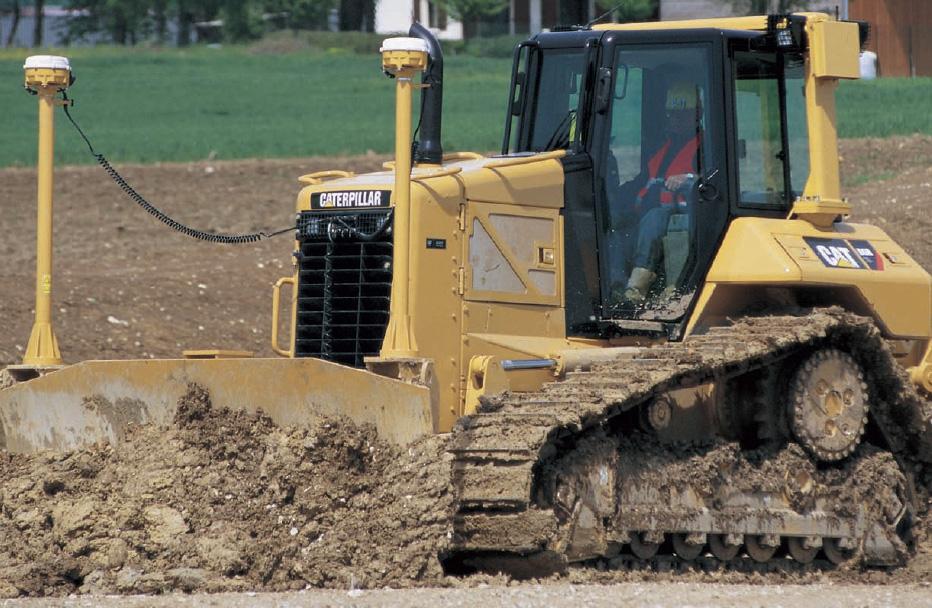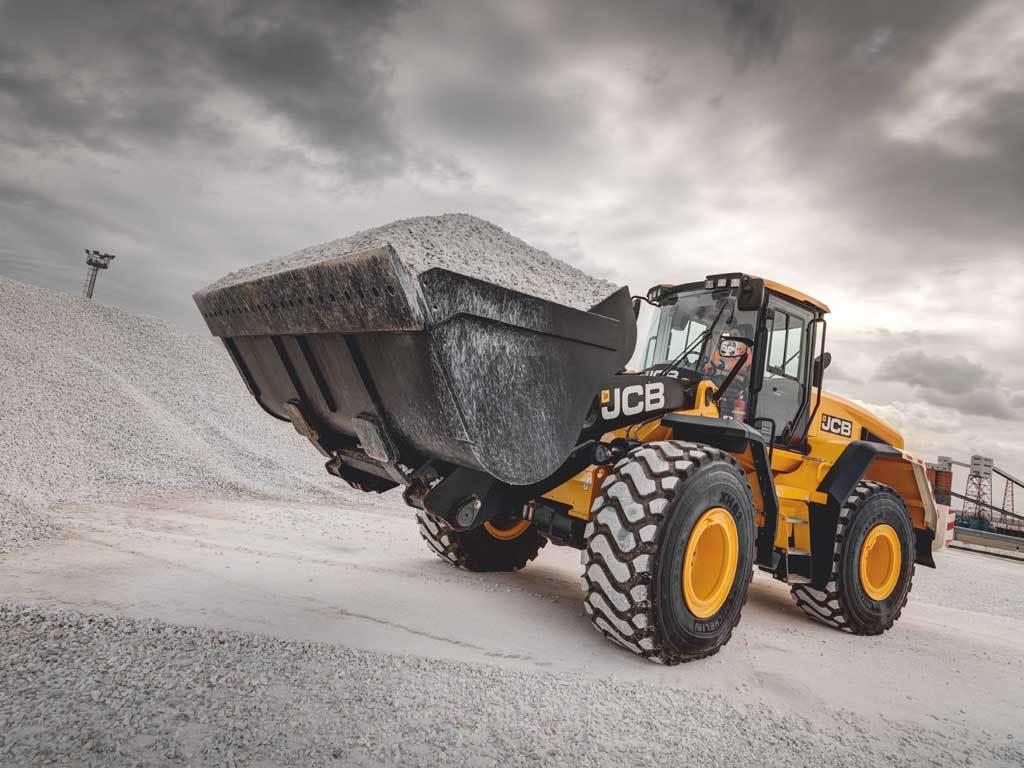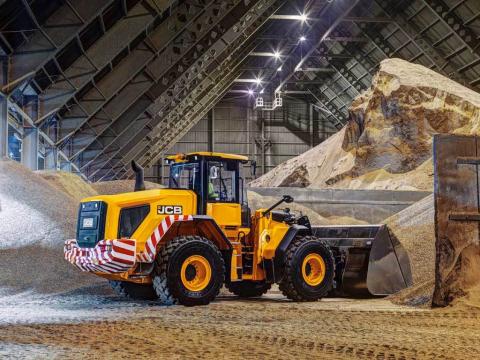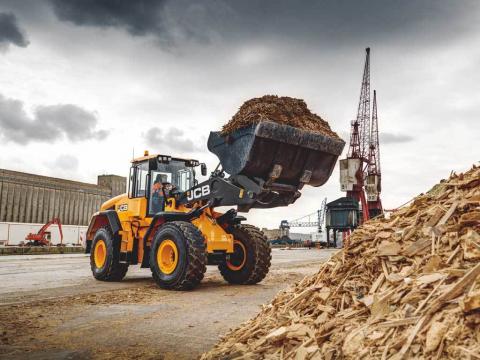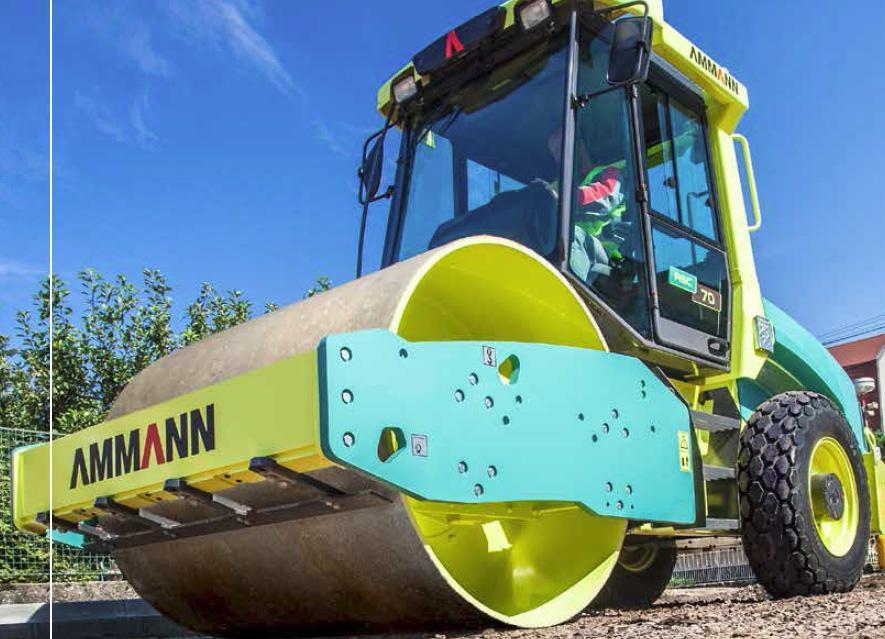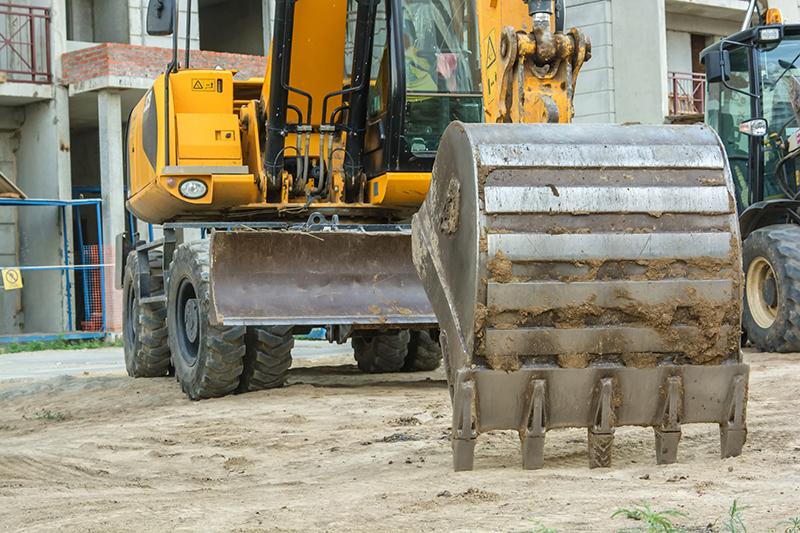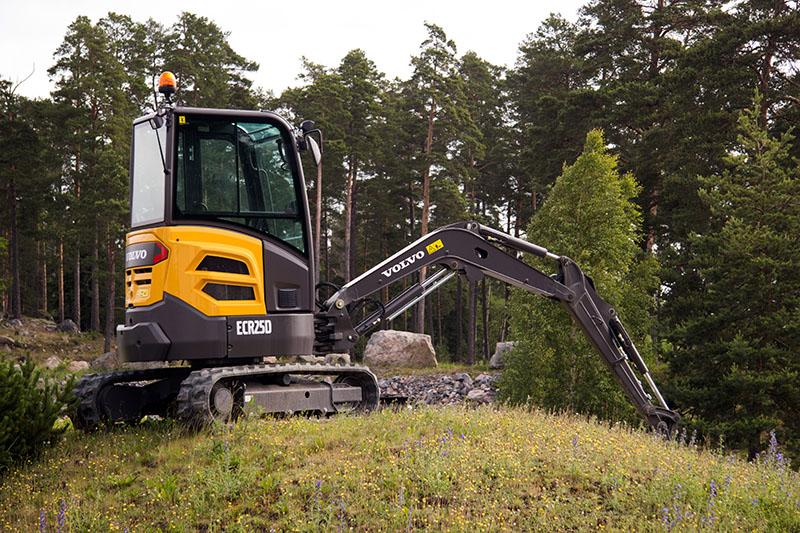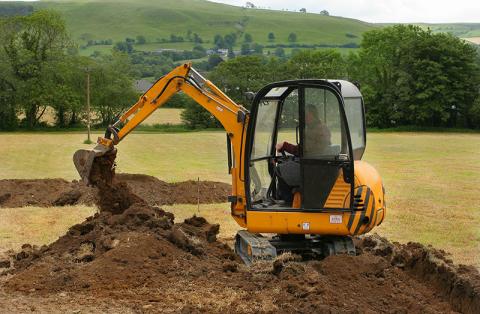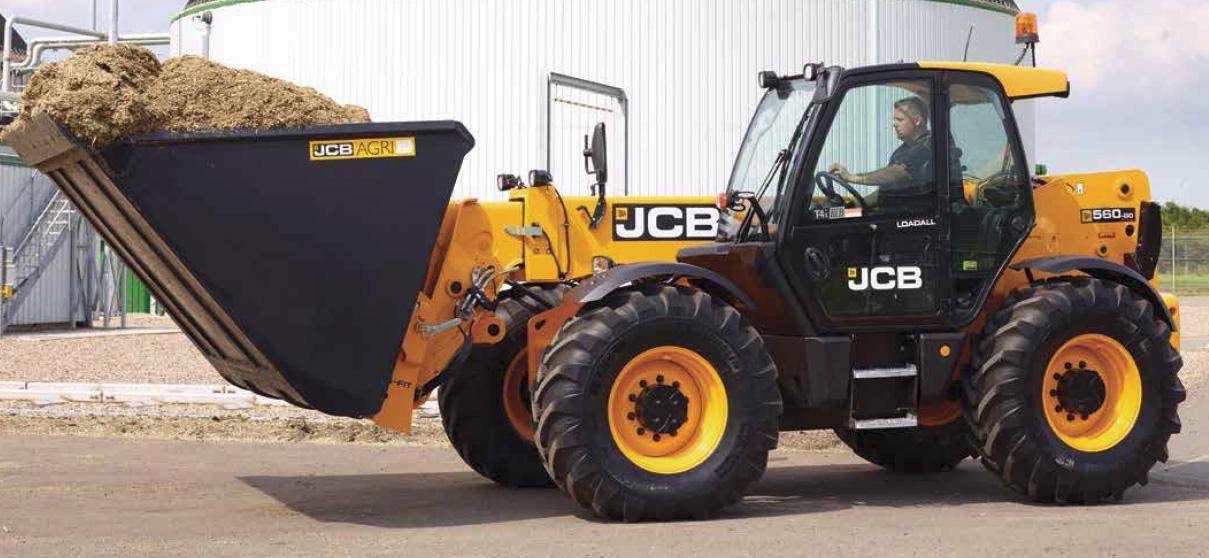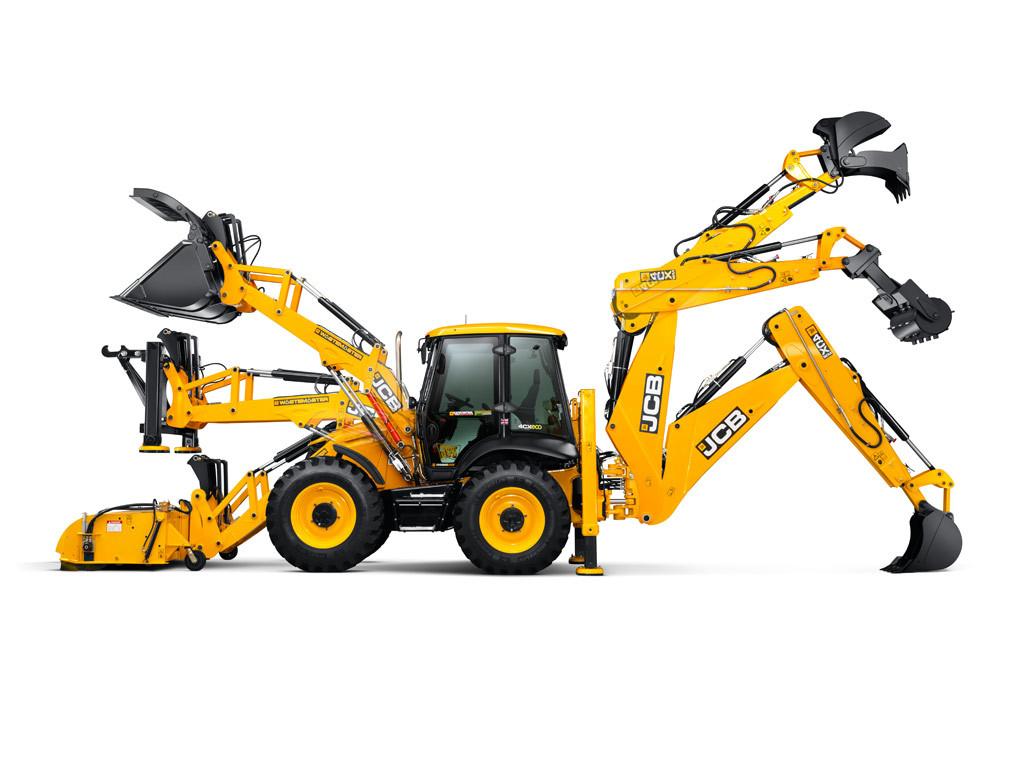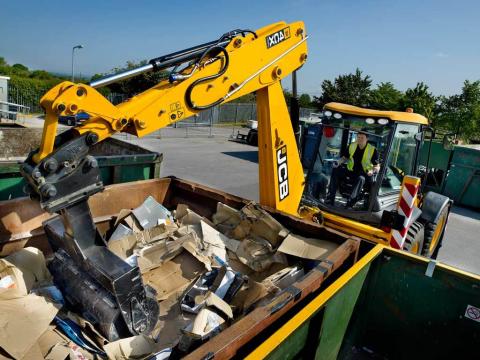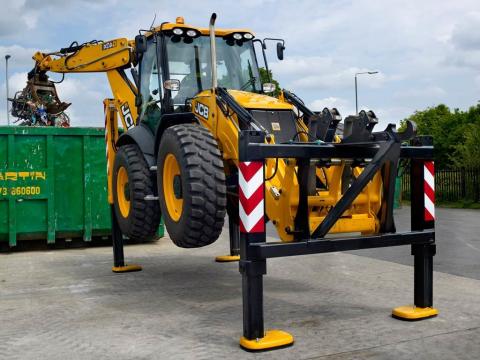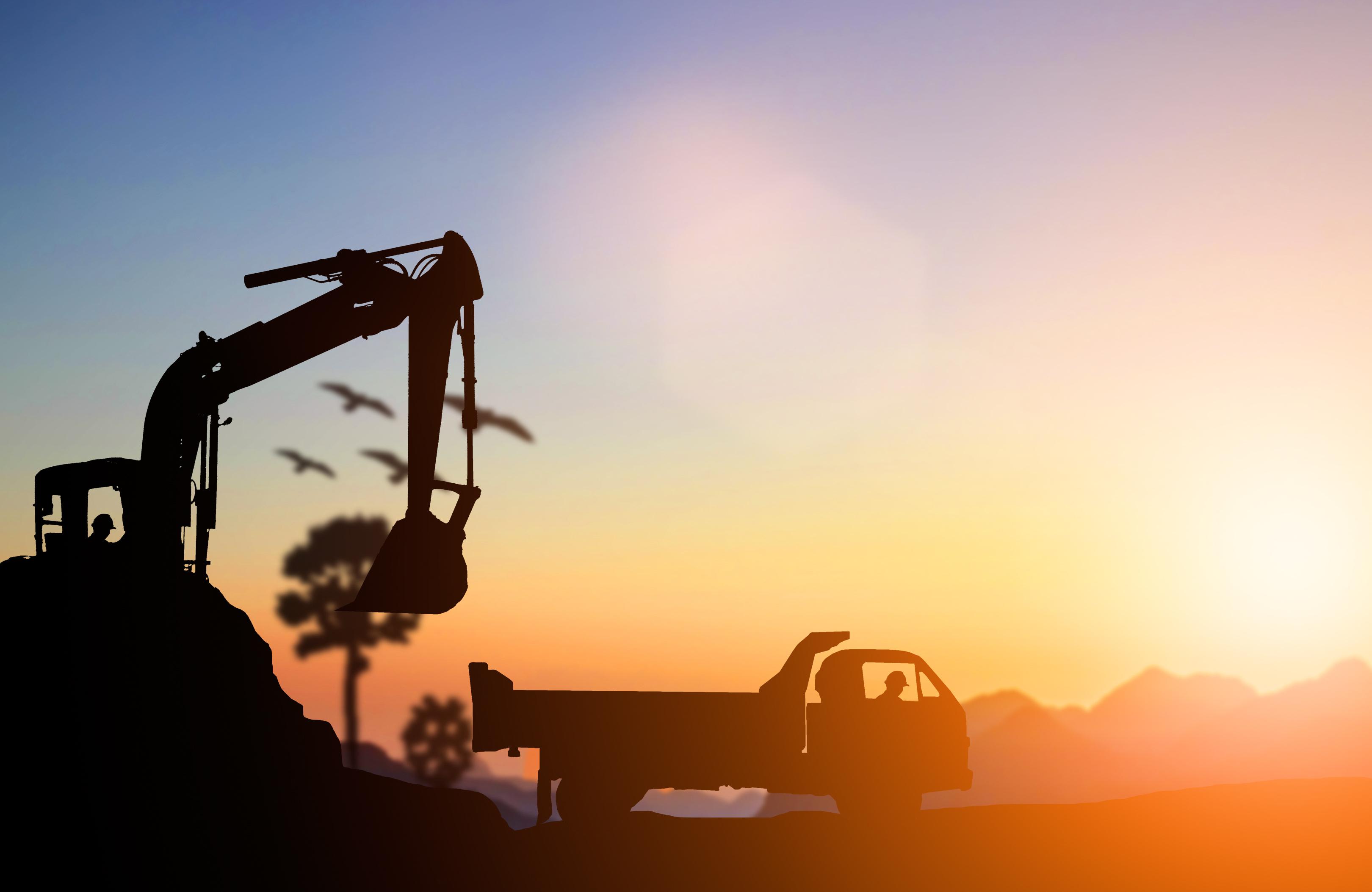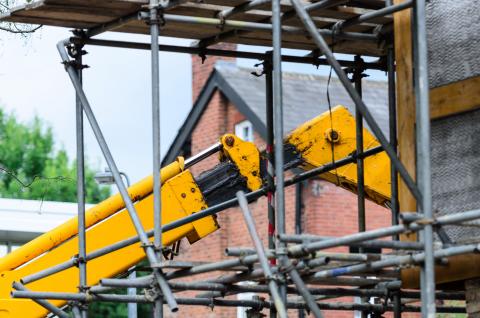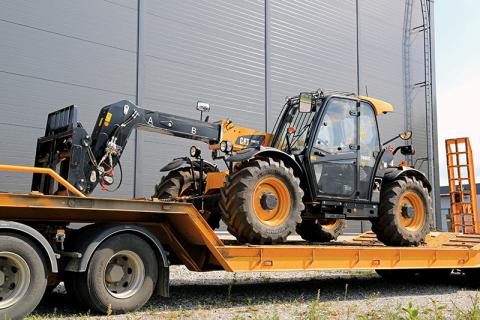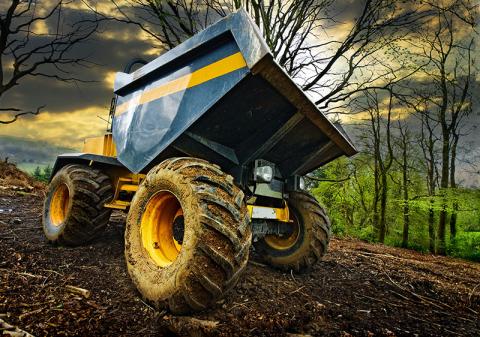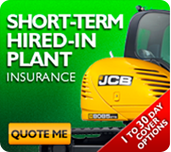The majority of construction projects in the UK will require the use of a bulldozer at some point. This piece of machinery is purpose-built for earth moving applications on both small and large-scale construction sites.
Able to deliver a quick and efficient site clearance, a bulldozer will flatten hard core until it is level and ready for other plant machinery operators to begin their operations. Furthermore, a bulldozer is also critical to the last phase of works on site when they are in charge of laying finished surfaces such as top soil or sub base.
A bulldozer’s six-way PAT blades enable them to be a versatile and indispensable machine on many sites. This powerful yet highly accurate piece of equipment utilises laser and GPS technology to achieve exact levels.
So, why hire a bulldozer?
Hiring a bulldozer rather than buying one helps to spread the cost. If you’re not sure if you would wish to use a piece of equipment more than once, you could even take out a short term lease which means you could hire a machine for a specific project and return it to the leasing company when done. This prevents you from having to make such a large investment and yet you still get the benefits associated with using the machine.
Not only does buying a machine also put you in charge of maintenance, you’re responsible for any repairs and the costs incurred. If a hired machine breaks, the hire company will supply a replacement as part of your contract and you have the freedom to cancel the contract if you plan to downgrade the business or aren’t using the machine as much as you anticipated. Not only do you save money when renting, you also have peace of mind that your equipment will always be ready to go.
The construction market is always changing and you have to be able to ride the storm if an influx of projects has been won. Also, when the market takes a bit of a tumble, you don’t want to be paying for machinery you’re not using. You can always return hired machinery and have it back when you need it.
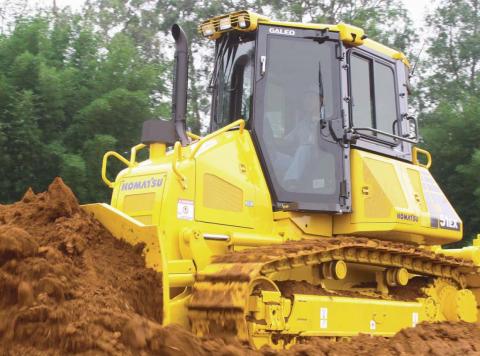
If you are considering buying your own bulldozer but don’t wish to make that leap just yet, hiring a bulldozer gives you a unique opportunity to try before you buy, meaning you can determine whether you would get use out of it without the financial outlay. Even better, some hire agreements allow you to upgrade to the latest machine (when it becomes available) at no extra cost.
Just remember, hiring a bulldozer won’t enable you to own the machinery outright at any point unless it is a condition of your contract. If you do own your own machine, you may start to concern yourself with when it may need to be sold and how much you will get if you sold your bulldozer today. We all know how much the value of a piece of equipment drops as soon as you pay for it and you won’t usually be able to recoup the full cost. If this is something which bothers you, hiring your equipment may be the best thing to do.
If you would like to discover more about bulldozer hire with Anglo Plant Hire Ltd, please do not hesitate to get in touch today.





